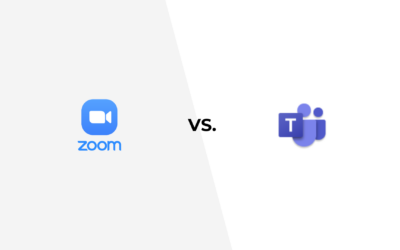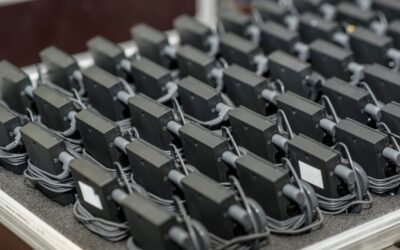In the dynamic world of events and conferences, effective communication across language barriers is paramount. Simultaneous interpretation (SI) is a powerful solution that ensures all participants can fully engage and understand, regardless of the languages spoken. However, the success of simultaneous interpretation largely depends on the equipment used. Choosing the right equipment can make or break your event’s multilingual communication. In this guide, we’ll explore the various types of simultaneous interpretation equipment and help you determine which is best for your event.
Types of Simultaneous Interpretation Equipment
1. Interpretation Booths
Portable Booths: These are lightweight, easy to set up, and ideal for smaller events or venues with limited space. They provide sound isolation for interpreters, ensuring clear audio transmission.
Soundproof Booths: Best suited for larger events, these booths offer superior sound insulation, reducing background noise and enhancing interpreter concentration. They are more complex to install but provide the highest quality interpretation environment.
2. Interpreter Consoles
Interpreter consoles are the hub of interpretation operations. They allow interpreters to control their audio input and output, switch between languages, and manage their working environment. Look for consoles with intuitive interfaces, high-quality audio processing, and reliable connectivity.
3. Transmitters and Receivers
Transmitters: These devices send the interpreter’s audio to the audience. High-frequency FM or infrared transmitters are commonly used for their reliability and clarity. Ensure your transmitter is compatible with the venue’s infrastructure and the number of language channels required.
Receivers: Audience members use receivers to tune into the interpretation channels. Choose receivers that are user-friendly, have long battery life, and offer clear audio quality. Wireless receivers are typically preferred for their convenience.
4. Headsets and Microphones
Interpreter Headsets: Quality headsets are crucial for interpreters to hear the original speech and deliver accurate translations. Look for headsets with noise-cancelling features and comfortable designs for prolonged use.
Audience Headsets: These should be lightweight, comfortable, and provide clear audio. Consider headsets with adjustable volume controls to cater to individual listener preferences.
Microphones: High-quality microphones ensure that the interpreter’s voice is transmitted clearly. Choose microphones with noise reduction features to minimise background noise and enhance audio clarity.
In need of interpretation equipment?
As an industry-leading provider in event management, we offer a wide variety of audio-visual and interpretation equipment.
Factors to Consider When Choosing Simultaneous Interpretation Equipment
Event Size and Venue
The size of your event and the layout of the venue play a significant role in determining the type of SI equipment needed. Large venues may require more powerful transmitters and additional receivers to ensure coverage. Portable booths might suffice for smaller events, while larger events benefit from soundproof booths.
Number of Languages
The number of languages being interpreted will impact your choice of equipment. More languages mean more interpreters, requiring multiple booths, consoles, and channels on your transmitters and receivers.
Budget
Your budget will also influence your equipment selection. While investing in high-quality equipment is essential, consider renting equipment if you have budget constraints. Many providers offer rental packages that include all necessary components, from booths to headsets.
Technical Support
Ensure that you have access to technical support during the event. This can be through the equipment provider or an in-house team. Technical issues can disrupt the interpretation process, so having experts on hand to troubleshoot is crucial.
Conclusion
Selecting the right simultaneous interpretation equipment is vital for the success of your multilingual event. By considering the size and nature of your event, the number of languages, and your budget, you can make an informed decision that ensures clear and effective communication. Investing in the right equipment will enhance the experience for all participants, fostering better understanding and engagement.



